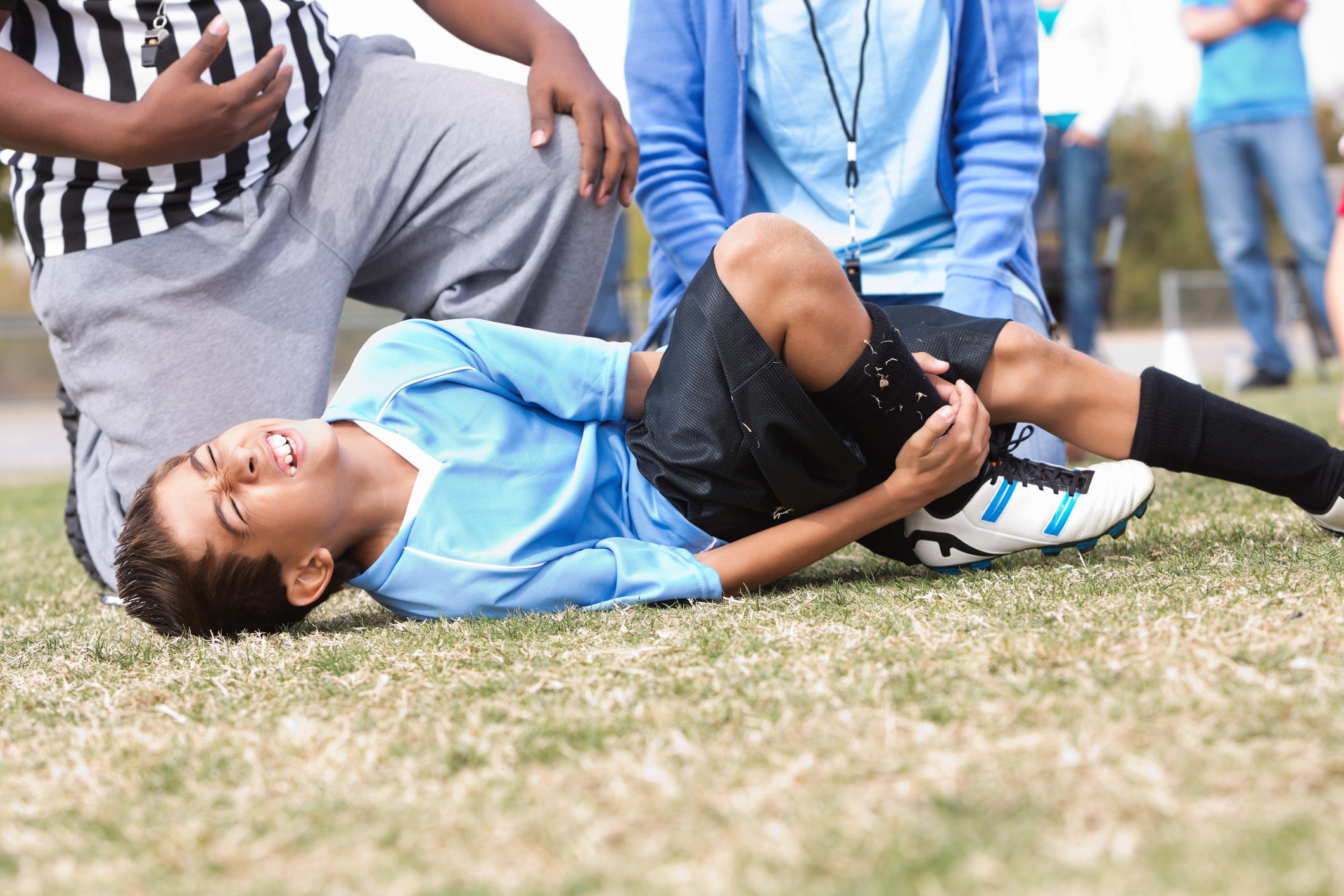
Increase in number of surgeries has led to increase in need for effective rehabilitation
The number of injuries to the anterior cruciate ligament (ACL) in younger patients whose bodies have not yet fully matured seems to be rising. In some cases, these patients are treated with a surgical procedure called ACL reconstruction. With more young patients having ACL reconstruction, the need for effective rehabilitation after surgery has also increased. It’s possible that some of these patients continue to have performance-related impairments long after surgery which might make them more prone to additional ACL injuries. Therefore, a study was conducted to report on these patients’ strength and performance levels up to two years after ACL reconstruction.
Small group of patients evaluated over two years
Patients between the ages of 7-15 years old who had ACL reconstruction surgery were recruited, and of the 47 patients assessed, 16 fit the criteria and were included in the study. Each of these patients was evaluated using tests for strength and functional abilities at various intervals that ranged from 5-24 months after surgery. These included strength testing of two groups of thigh muscles (quadriceps and hamstrings) in which a patient flexed and extended their affected knee and a series of hopping drills that measured jumping height and speed.
Lasting deficits long after surgery call for extended rehabilitation periods
The results from this study showed that significant deficits in quadriceps strength and overall functional performance may last long after ACL reconstruction. This was mainly indicated by the fact that at an average of 15 months after surgery, only 4 of 16 patients (25%) were able to achieve scores of 90% or more on all the tests given. Though most patients (94%) demonstrated satisfactory hamstring strength, just over half (56%) were able to achieve satisfactory quadriceps strength, which is a common issue after ACL reconstruction. These results suggest that a more prolonged period of rehabilitation and delayed return to sports may be necessary when treating younger patients whose bodies are not fully matured. By more carefully monitoring these patients, addressing their impairments after surgery, and waiting until they’re completely ready to return to sports, their risk for future injury can be kept at a minimum as they continue to participate in sports.
-As reported in the July ’14 issue of the >Sports Health
Powered by WPeMatico
